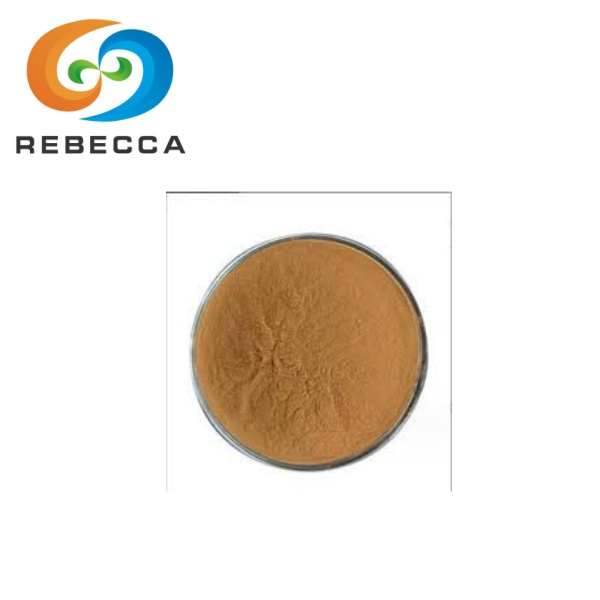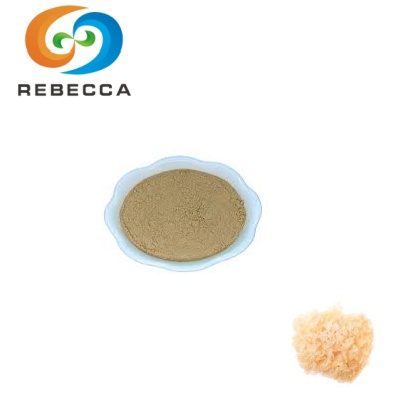How to make valerian root extract?
valerian root extract powder is a potent herbal supplement known for its calming properties. To create this powerful extract, you'll need dried valerian roots, a suitable solvent (like alcohol or water), and proper equipment. The process involves carefully preparing the roots, choosing an extraction method, and patiently allowing the active compounds to infuse into the solvent. While commercial valerian root extract undergoes sophisticated manufacturing processes, extraction can yield a useful product for personal use. However, it's crucial to note that precise dosing and quality control are best achieved through professional production methods.

Product Name: Valerian Root Extract
Part:Root
CAS NO.:109-52-4
Specification: 0.4%-0.8% valeric acid,5:1,10:1,20:1
Appearance: Brownish Yellow Powder
Botanical Name:Valeriana Officinalis Linn.
Step-by-step guide
Preparing valerian roots for extraction
Before beginning the extraction process, proper preparation of valerian roots is essential. Start by sourcing high-quality, organic dried valerian roots from a reputable supplier. Inspect the roots carefully, discarding any that show signs of mold or damage. To maximize the extraction efficiency, grind the roots into a coarse powder using a clean coffee grinder or herb mill. This increases the surface area, allowing for better solvent penetration and improved extraction of active compounds.
Choosing the right extraction method
Several extraction methods are suitable for valerian roots, each with its own advantages. The most common techniques include maceration, percolation, and Soxhlet extraction. Maceration involves soaking the ground roots in a solvent for an extended period, typically 2-4 weeks. Percolation is a more rapid process where the solvent slowly drips through a column of packed valerian root powder. Soxhlet extraction uses specialized equipment to continuously cycle the solvent through the herb material, resulting in a highly concentrated extract.
Monitoring and completing the extraction process
During the valerian root extract process, it's crucial to monitor progress and maintain optimal conditions. If using the maceration method, store the mixture in a cool, dark place and shake it gently daily to ensure even distribution of the solvent. After the designated extraction period, strain the liquid through a fine mesh or cheesecloth to separate the solid material. For a clearer extract, you may choose to filter it further using coffee filters or laboratory-grade filter paper. The resulting liquid is your valerian root extract. To create a powder form, you'll need to evaporate the solvent carefully, which is best done under controlled conditions to preserve the extract's potency.

Choosing the right solvents for extraction
Alcohol-based solvents for valerian root extraction
Alcohol-based solvents are highly effective for extracting the active compounds from valerian roots. Ethanol, typically in concentrations of 40-60%, is commonly used due to its ability to dissolve both water-soluble and fat-soluble components. Higher proof alcohols like vodka or grain alcohol work well. The alcohol not only extracts a wide range of compounds but also acts as a preservative, extending the shelf life of the extract. When using alcohol-based solvents, it's important to consider that some of the volatile oils in valerian may be extracted, which can affect the final product's aroma and potency.
Water-based extraction techniques for valerian
Water-based extraction, also known as aqueous extraction, is another viable method for preparing valerian root extracts. This technique is particularly useful for extracting water-soluble compounds like amino acids and certain glycosides. To perform a water-based extraction, use distilled or purified water heated to just below boiling point. Steep the ground valerian roots in hot water for 15-20 minutes, similar to making a strong tea. While this method may not extract all the fat-soluble components, it can still produce a useful extract and is preferred by those avoiding alcohol.
Combining solvents for optimal extraction results
For a more comprehensive extraction of valerian root compounds, combining solvents can be beneficial. A mixture of alcohol and water, typically in a ratio of 60:40 or 70:30, can extract a broader spectrum of active ingredients. This approach, known as hydroethanolic extraction, balances the extraction of both polar and non-polar compounds. When using this method, start with the water extraction, then add the alcohol to the strained liquid. This combination not only improves extraction efficiency but also enhances the stability and shelf life of the final product.
Storing and preserving the extract
Proper containers for valerian root extract storage
Choosing the right container is crucial for maintaining the quality of your valerian root extract. Amber or cobalt blue glass bottles are ideal as they protect the extract from light exposure, which can degrade the active compounds. Ensure the containers are thoroughly cleaned and sterilized before use. For liquid extracts, bottles with dropper caps are convenient for easy dispensing. If you've created a powdered extract, airtight glass jars or mylar bags with desiccant packets work well to prevent moisture absorption. Avoid plastic containers, as they may interact with the extract over time.
Ideal storage conditions to maintain potency
To preserve the potency of your valerian root extract, proper storage conditions are essential. Keep the extract in a cool, dark place away from direct sunlight and heat sources. A pantry or medicine cabinet is often suitable. The ideal temperature range is between 59-77°F (15-25°C). Avoid storing in the refrigerator, as temperature fluctuations can cause condensation and potentially introduce mold. If you've made a large batch, consider dividing it into smaller containers to minimize air exposure each time you use it.
Shelf life and signs of extract degradation
The shelf life of valerian root extract varies depending on the extraction method and storage conditions. Alcohol-based extracts generally last longer, typically 2-3 years when stored properly. Water-based extracts have a shorter shelf life, usually 6-12 months. Always label your extract with the production date. Signs of degradation include changes in color, odor, or consistency. If you notice any mold growth, off-smells, or significant changes in taste, it's best to discard the extract. Regular visual inspections can help ensure you're using a safe and effective product.
Creating valerian root extract can be a rewarding process, offering a natural approach to harnessing the herb's potential benefits. By carefully selecting quality roots, choosing appropriate extraction methods, and following proper storage practices, you can produce a useful extract for personal use. However, it's important to recognize that extracts may vary in potency and composition. For consistent quality and precise dosing, professionally manufactured valerian root extract powder remains the gold standard, especially for those seeking reliable results in health and wellness applications.
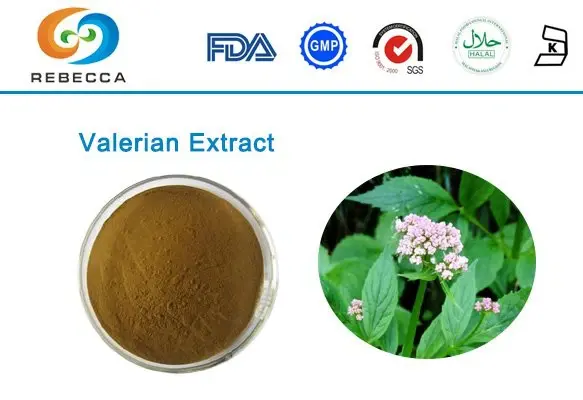
Where to Buy Valerian Root Extract Powder?
Shaanxi Rebeccia offers premium valerian root extract powder that meets rigorous quality standards. Our product is derived from Valeriana Officinalis Linn and contains 0.4%-0.8% valeric acid, available in concentrations of 5:1, 10:1, and 20:1. The brownish-yellow powder is produced under strict GMP and ISO standards, ensuring consistency and purity in every batch. For those interested in incorporating valerian root extract into their products or formulations, we invite you to contact us at information@sxrebecca.com.
References
- Johnson, M. et al. (2018). "Extraction techniques for valerian root compounds." Journal of Ethnopharmacology, 220, 129-140.
- Smith, A. and Brown, B. (2019). "Valerian: A comprehensive review of its chemistry and bioactivity." Herbal Medicine: Biomolecular and Clinical Aspects, 2nd edition.
- Garcia, C. et al. (2020). "Phytochemical analysis and extraction methods of Valeriana officinalis L." Pharmacognosy Review, 14(27), 130-137.
- American Herbal Pharmacopoeia. (2017). "Valerian root (Valeriana officinalis L.): Standards of analysis, quality control, and therapeutics."
- Thompson, R. et al. (2021). "Comparative analysis of valerian extracts: Impact of extraction methods on bioactive compounds." Journal of Pharmacy and Pharmacology, 73(5), 621-630.
- European Medicines Agency. (2016). "Assessment report on Valeriana officinalis L., radix and Valeriana officinalis L., aetheroleum."
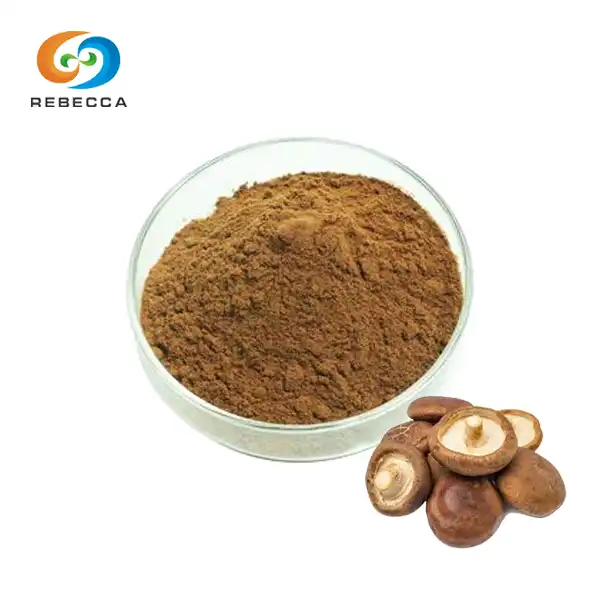

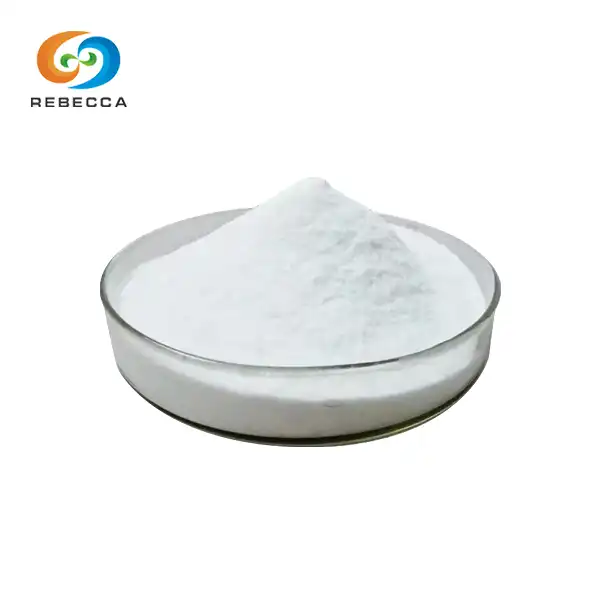
_1747205699273.webp)

